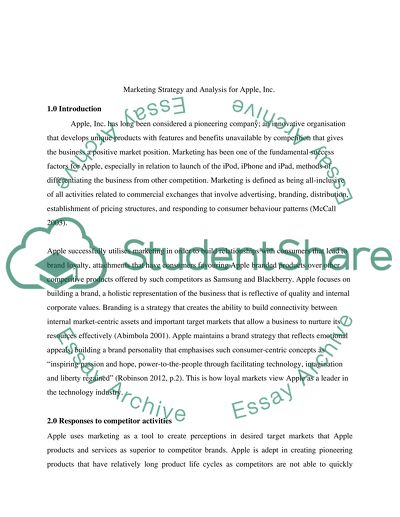Cite this document
(“Leading the Way - A Marketing Plan for Sustainable Competitive Essay”, n.d.)
Leading the Way - A Marketing Plan for Sustainable Competitive Essay. Retrieved from https://studentshare.org/marketing/1472940-leading-the-way-a-marketing-plan-for-sustainable
Leading the Way - A Marketing Plan for Sustainable Competitive Essay. Retrieved from https://studentshare.org/marketing/1472940-leading-the-way-a-marketing-plan-for-sustainable
(Leading the Way - A Marketing Plan for Sustainable Competitive Essay)
Leading the Way - A Marketing Plan for Sustainable Competitive Essay. https://studentshare.org/marketing/1472940-leading-the-way-a-marketing-plan-for-sustainable.
Leading the Way - A Marketing Plan for Sustainable Competitive Essay. https://studentshare.org/marketing/1472940-leading-the-way-a-marketing-plan-for-sustainable.
“Leading the Way - A Marketing Plan for Sustainable Competitive Essay”, n.d. https://studentshare.org/marketing/1472940-leading-the-way-a-marketing-plan-for-sustainable.


